The House Building Market is currently characterized by a dynamic competitive landscape, driven by factors such as increasing demand for residential properties, evolving consumer preferences, and a heightened focus on sustainability. Major players like D.R. Horton (US), Lennar Corporation (US), and PulteGroup (US) are strategically positioned to leverage these trends. D.R. Horton (US) emphasizes innovation in home design and energy efficiency, while Lennar Corporation (US) focuses on technology integration within homes, enhancing the customer experience. PulteGroup (US) has adopted a strategy centered on regional expansion, targeting high-growth areas to capture market share. Collectively, these strategies contribute to a competitive environment that is increasingly focused on differentiation through innovation and customer-centric approaches.
Key business tactics within the House Building Market include localizing manufacturing and optimizing supply chains to enhance efficiency and reduce costs. The market structure appears moderately fragmented, with a mix of large national builders and smaller regional firms. The influence of key players is significant, as they set benchmarks for quality and innovation, thereby shaping consumer expectations and industry standards.
In August 2025, D.R. Horton (US) announced a partnership with a leading technology firm to integrate smart home features into their new developments. This strategic move is likely to enhance the appeal of their homes, aligning with consumer trends favoring technology-driven living spaces. By prioritizing smart home technology, D.R. Horton (US) positions itself as a forward-thinking leader in the market, potentially attracting tech-savvy buyers.
In September 2025, Lennar Corporation (US) launched a new initiative aimed at increasing the sustainability of its construction processes. This initiative includes the use of recycled materials and energy-efficient building practices. Such a commitment to sustainability not only meets regulatory demands but also resonates with environmentally conscious consumers, thereby enhancing Lennar's brand reputation and market position.
In July 2025, PulteGroup (US) expanded its operations into several emerging markets, focusing on affordable housing solutions. This strategic expansion is significant as it addresses the growing demand for affordable housing, particularly among first-time homebuyers. By tapping into this segment, PulteGroup (US) is likely to strengthen its market presence and drive future growth.
As of October 2025, the House Building Market is witnessing trends that emphasize digitalization, sustainability, and the integration of artificial intelligence in construction processes. Strategic alliances among key players are increasingly shaping the competitive landscape, fostering innovation and collaboration. Looking ahead, it appears that competitive differentiation will evolve, with a shift from traditional price-based competition to a focus on innovation, technology adoption, and supply chain reliability. This transition suggests that companies that prioritize these elements will likely gain a competitive edge in the evolving market.
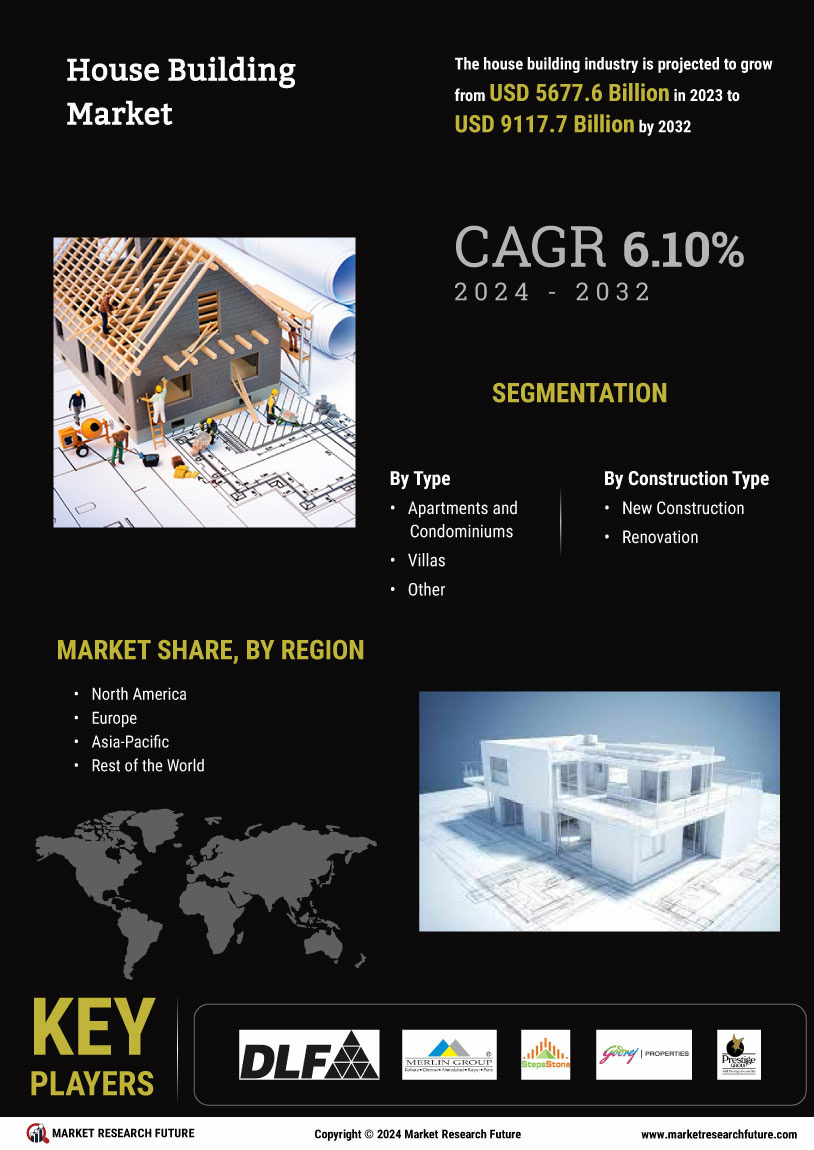

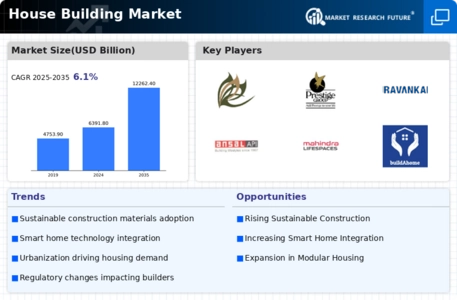
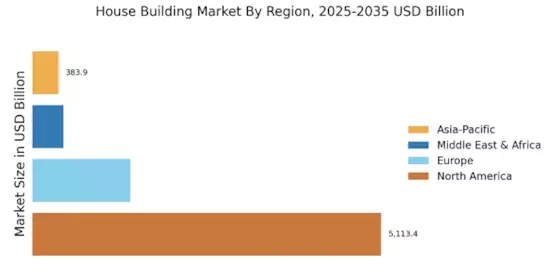


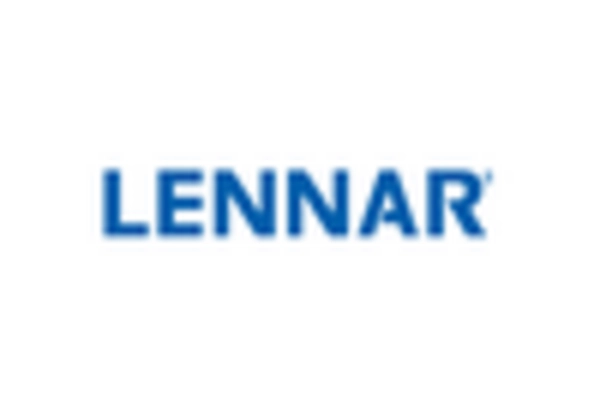
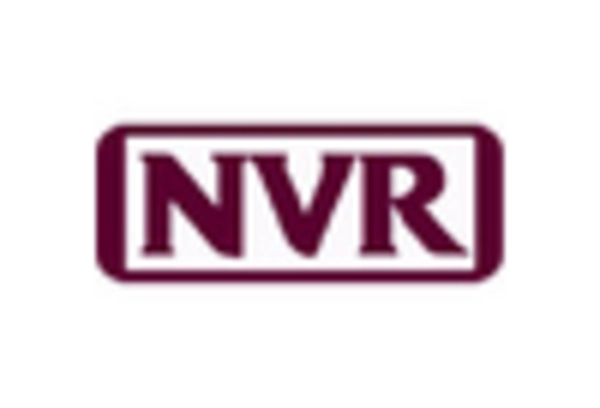
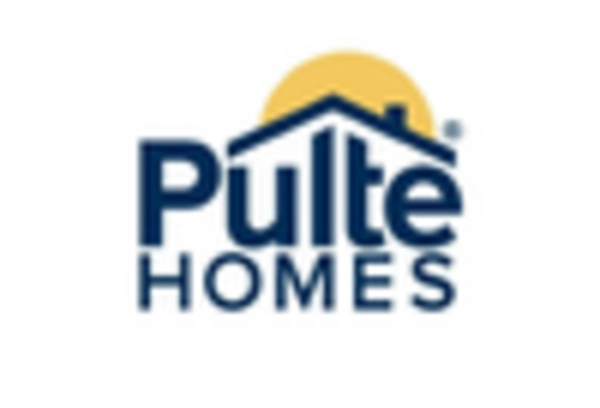
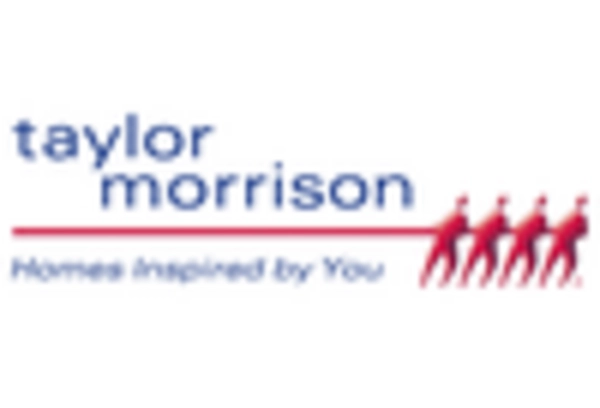








Leave a Comment